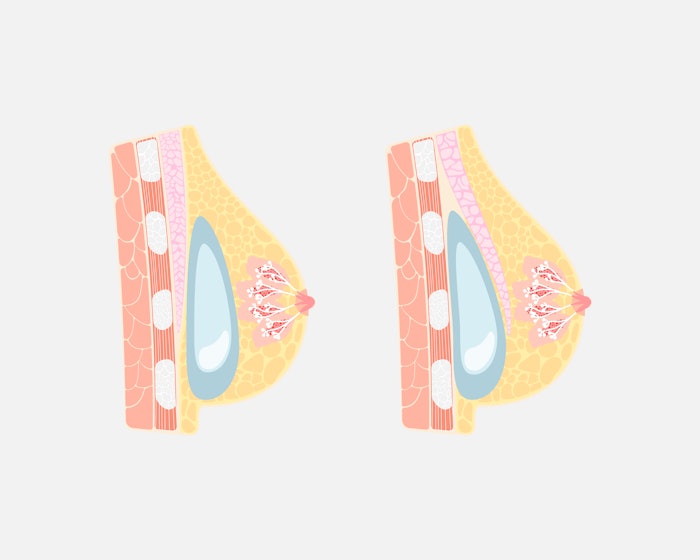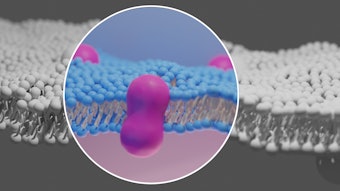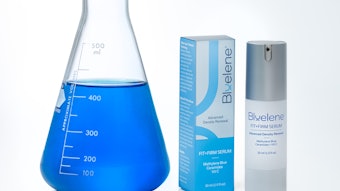
In past years, women have commonly sought larger breasts– equating fuller, more voluptuous breasts to society’s idealized symbol of femininity. In 2025, downsized breasts and "internal bras" have become more desirable due to the recent celebrity-driven focus on wellness and the aesthetics space seeing a demand for undetectable, natural results. RealSelf’s 2025 ‘Real Talk’ report [1] foresees these procedures having a prominence as patients view enhancements more maturely.
How Breast Augmentations Have Matured with Generations
Gary Lawton, MD, FACS says in the 1990s and early 2000s, when breast augmentation was driven by media icons and reality television, breast surgery was often pursued with the singular goal of maximizing volume, but those generations have now shown interest in reverting back to subliminal enhancements.
“Gen X and Baby Boomers, many of whom underwent breast augmentation in the 1990s and early 2000s, are increasingly downsizing implants or opting for explant surgery,” says Vivek Bansal, MD. “Some are combining this with a breast lift or fat transfer to maintain a youthful shape while reducing volume for a more age-appropriate appearance.”
Today, plastic surgery for breasts has shifted to emphasizing balance, authenticity and wellness, delivering a “born with it” look rather than a surgically manufactured one, Lawton says.
 Large implants can hinder upper body mobility, making patients prone to mechanical complications. Smaller implants, however, or implant-free approaches with fat grafting and internal support, enhance comfort and congruence with the patient's body.Courtesy of Pixel-Shot at Adobe Stock
Large implants can hinder upper body mobility, making patients prone to mechanical complications. Smaller implants, however, or implant-free approaches with fat grafting and internal support, enhance comfort and congruence with the patient's body.Courtesy of Pixel-Shot at Adobe Stock
Lawton explains that this new generation possesses a mature understanding of long-term outcomes, as large implants can hinder upper body mobility, interfere with muscle balance and accelerate tissue breakdown over time. This generation of patients do not wish to look overdone or have an obvious implant footprint.
How Celebrity Influence and Wellness Trends are Shaping Aesthetic Preferences
While early social media and reality TV glamorized bold and often over done body procedures, aesthetics, especially in the realm of breasts, has graduated to individuals seeking natural enhancements to their unique features, especially as celebrities flaunt a proportional figure, such as the Hadid sisters and actresses like Zendaya.
“I'd attribute [smaller implants] to a few factors, one being the emergence of the trend for wellbeing, exercise and natural health following covid–reinforced by celebrities which has created a movement in that direction,” says Yannis Alexandrides, MD, FACS.
Women in their late 20s to early 40s, Lawton says, are entering consultations with celebrity-inspired goals: breasts that move naturally, fit well in activewear and suit a toned, athletic body type, and not exaggerated cleavage. Many of these women, he says, are career-driven, fitness-conscious and have delayed childbearing.
The Rise of "Internal Bras": Enhancing Natural Lift and Support for Long-Lasting, Comfortable Results
Plastic surgeons across the U.S. are seeing more interest in natural, perky breasts, leading to an uptick in “internal bras” for enhanced support, comfort and lift. The “internal bra” is a structural reinforcement technique in breast surgery.
The procedure, Lawton explains, involves the placement of biologic scaffolds or permanent surgical mesh materials within the breast pocket to support either an implant or the native tissue. This mesh is commonly sutured to the chest wall or rib fascia to create an internal sling that mimics the function of a supportive bra.
“Internal bras provide structural support from within, reinforcing breast tissue and reducing sagging over time,” says Bansal. “These are often biologic or synthetic mesh materials placed internally during surgery to strengthen the breast structure.”
Learning from previous generations who were influenced by celebrities like Pamela Anderson and opting for larger volume in their breasts, we’ve learned from their consequences of large-volume implants: stretched skin, thinning tissue, bottoming out or “animation deformity,” Lawton says.
Large implants can hinder upper body mobility, making patients prone to mechanical complications, particularly in active individuals with low body fat. Smaller implants, however, or implant-free approaches with fat grafting and internal support, enhance comfort and congruence with the patient's body.
“Traditional augmentations rely entirely on the skin and soft tissue envelope to support the implant,” Lawton says. “Over time, that tissue stretches under the weight of the implant, especially in patients with poor elasticity or large volumes, which can lead to bottoming out, lateral displacement or recurrent ptosis.”
Internal bras alter the way the breast ages post-operatively, providing anchored support that resists forces like gravity and preserves shape longer, whereas traditional lifts do not address deep tissue laxity or the downward pull of gravity on the implant or tissue over time.
“Breasts are no longer just about volume; they are about biomechanics, aesthetics in motion and aging well,” Lawton says. “Fitness-driven patients want to look good in and out of the gym, without sacrificing physical function for temporary fullness.”
References:
1- https://www.medestheticsmag.com/treatments/article/22934493/spring-aesthetic-trends-restorative-treatments-eye-enhancements-and-body-contouring-surge-as-warm-weather-approaches











